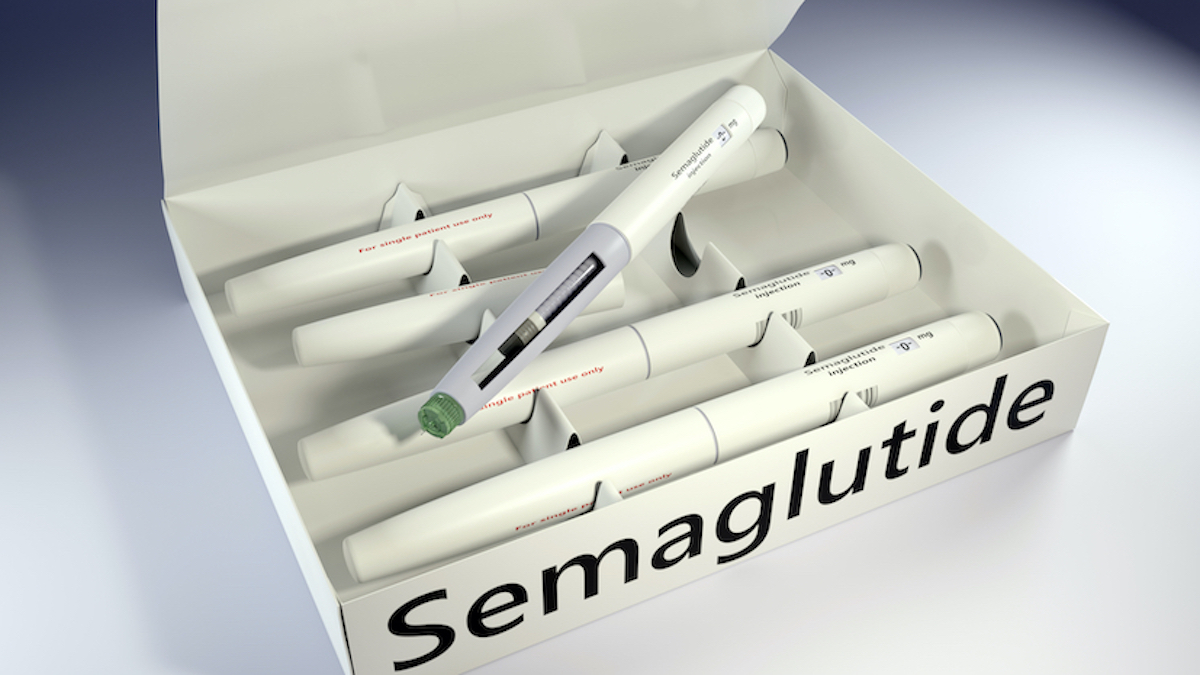
Many parents equate car seats with a small child. However, child-passenger safety does not end when your child is out of infancy or even toddlerhood. According to the American Academy of Pediatrics (AAP), using child-safety seats for as long as your child comfortably fits in one is safer than solely using vehicle safety belts. The key to keeping kids safe and secure in the car is recognizing which seat is appropriate for their age and size.
• Infant-only seat/rear-facing, never in front seat with passenger-side air bag.
• Convertible safety seat/rear-facing until child is at least 1 year of age and at least 20 lbs. Then forward-facing to the maximum weight and height allowed by seat.
• Combination (convertible) seat with internal harness that transitions to a belt-positioning booster seat. Forward-facing only; weight varies.
• Forward-facing seat with internal harness; weight varies.
• Integrated child seat: toddler seat with harness (20 – 40 lbs.) or some as belt-positioning booster seat with lap/shoulder belt (more than 35 – 40 lbs.), as long as child fits.
• Belt-positioning booster seat with lap/shoulder belt, as long as child fits.
Weight and height restrictions vary with the different brands and models of safety seats available. Refer to the seat instructions prior to use. In addition, review your vehicle safety seat installation instructions to properly install the seat in your specific vehicle. They may differ from the generic instructions provided with the seat.
If your child is smaller or larger than average, consult with your pediatrician as to the proper seat. Remember, the safest place in a vehicle for all children is in the rear seat where a passenger-side air bag cannot harm them. Never place a rear-facing infant seat in the front seat of a vehicle if there is an activated air bag.
For more information on car-seat safety, visit https://www.nhtsa.gov/campaign/right-seat or consult with your child’s pediatrician.












